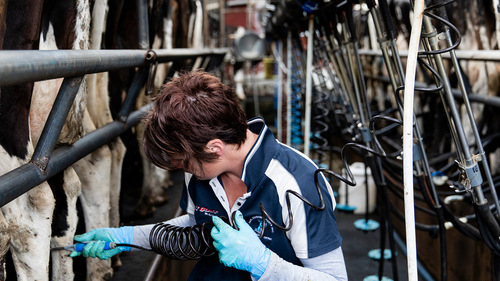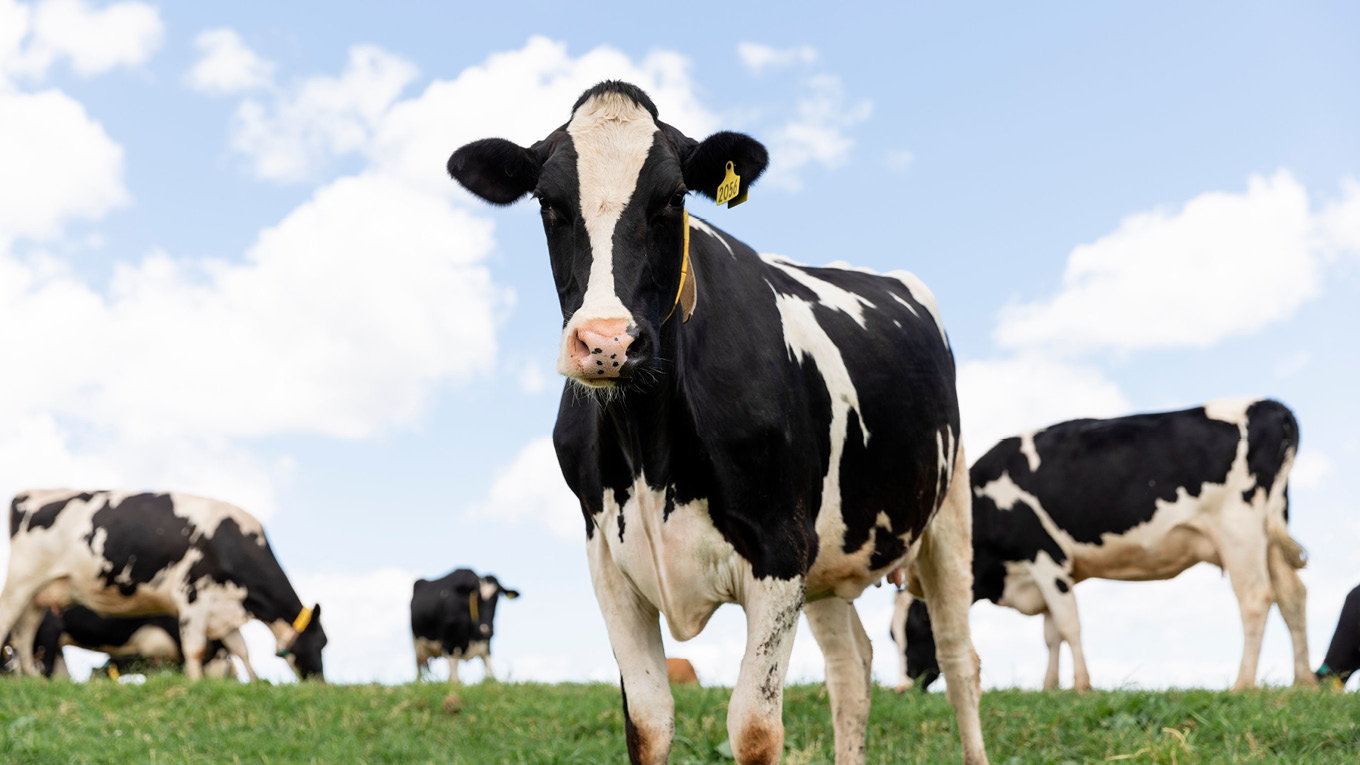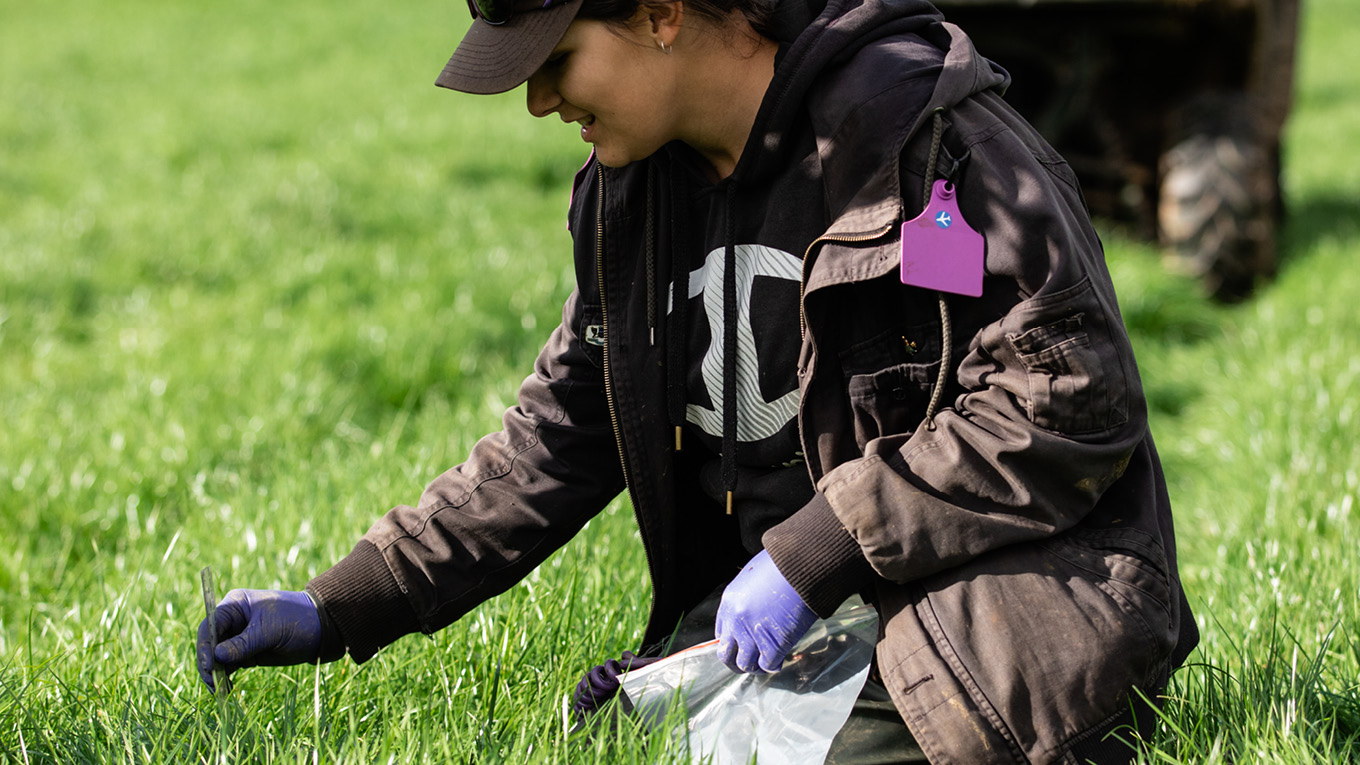Maize Silage
On this page
Maize is a summer silage crop with the potential to produce a large amount of high-energy forage. Over the past 20 years there has been an increase in the area sown around Australia to produce maize silage, particularly for the dairy industry. It has a lower cool-tolerance compared to sorghum and millet, with higher yield potential and no prussic acid.
Maize silage is highly valued because it typically contains around 30% starch. Further, maize starch is a superior source of starch for lactating dairy cows compared to wheat or barley, because ruminal digestion of maize starch is slower. This helps maintain a more stable rumen pH, which avoids milk fat depression. This is often seen when diets high in wheat or barley are fed with pasture.
The key aims of maize silage production are yield and energy content. Growing maize for silage is expensive and thus requires good management to achieve high yields of high-quality product to be economically viable. It requires specialist row-crop planting and harvesting equipment and is suitable only for chopped silage stored in a pit or bunker.
Major limiting factors to achieving good economic returns are poor weed and insect control, inadequate fertiliser, low plant populations or adverse seasons. Where rainfall is unreliable and/or irrigation is not available, sorghum will be a safer option.
Maize should be grown in rotation with pasture, lucerne or another suitable crop to reduce the build-up of insect, disease and weed problems.
Late autumn through to early spring is a time of the year when many producers feed maize silage due to limited pasture availability.
Variety choice
Most maize varieties used for forage production have a growing period of 120 to 150 days from planting to harvest, with planting often beginning in November/December. The season length will vary with the variety selected, seasonal conditions, location, crop management and especially irrigation. Maize varieties used for silage are chosen mainly for their forage yield potential and forage quality rather than grain quality. Disease tolerance is another important factor.
Medium maturity varieties (early-mid to mid season) are usually preferred. Late-maturing hybrids tend to have a lower metabolisable energy (ME) content, while early maturing varieties tend to have lower yields but higher ME content. Higher planting densities can partially compensate for the lower yields.
Forage yields in commercial crops in Australia usually range from 12 to 25 tonnes of dry matter (DM) per hectare, but yields of 30t DM/ha have been reported under irrigation on some farms.
Crop management
Typical planting densities of maize are about 65,000 seeds per hectare. Yields can be increased by planting 80,000 to 90,000 seeds per hectare for early maturing varieties, or medium-maturing varieties under irrigation, but there is a risk of reduced forage quality and greater risk for plants to lodge. Maize is usually planted at 750-millimetre row spacings.
Soil temperatures need to be at least 12 degrees Celsius (at 9 am) and rising at planting depth. Establishment will be faster with warmer soil temperatures.
Maize should be sown into good soil moisture and at the correct depth, which varies with soil type. Follow local recommendations for fertiliser requirements.
Good weed control is essential. Weeds are controlled by inter-row cultivation or the use of pre-plant or pre-emergent herbicides. Grass weeds are most competitive and must be controlled early. Shallow inter-row cultivation can destroy young weeds in the first three to four weeks after sowing. Once the maize crop reaches approximately 80cm high, the plants will restrict weed growth as it out-competes them for sunlight.
Birds can seriously affect crop establishment, particularly in small paddocks close to trees. The crop should be checked for leaf and plant damage by insects at least twice a week during the first six weeks after emergence. The most dangerous pests to look for are cutworms. African black beetle can also be particularly troublesome in maize.
Harvesting the crop
-
When to harvest
-
Cutting height
-
Chop length and grain rolling
Feeding maize silage to dairy cows
Target nutritive values of good quality maize silage are shown in the table below.
|
Target values |
Observed range |
|
|
DM % |
33 to 36 |
25 to 41 |
|
ME (MJ/kg DM) |
10–11 |
9 to 12 |
|
Crude protein (% DM) |
5 to 8 |
4 to 10 |
|
Neutral detergent fibre (% DM) |
40 to 45 |
37 to 50 |
|
Sugar (% DM) |
2–3 |
1 to 4 |
|
Starch (% DM) |
30 to 35 |
24 to 39 |
Good quality maize silage should be fed to cows during early lactation where it is most effective, improving dry matter intake and milk yield. Lower quality maize silage could be used for cows in later lactation, where it may improve body condition without any major effect on milk yield.


